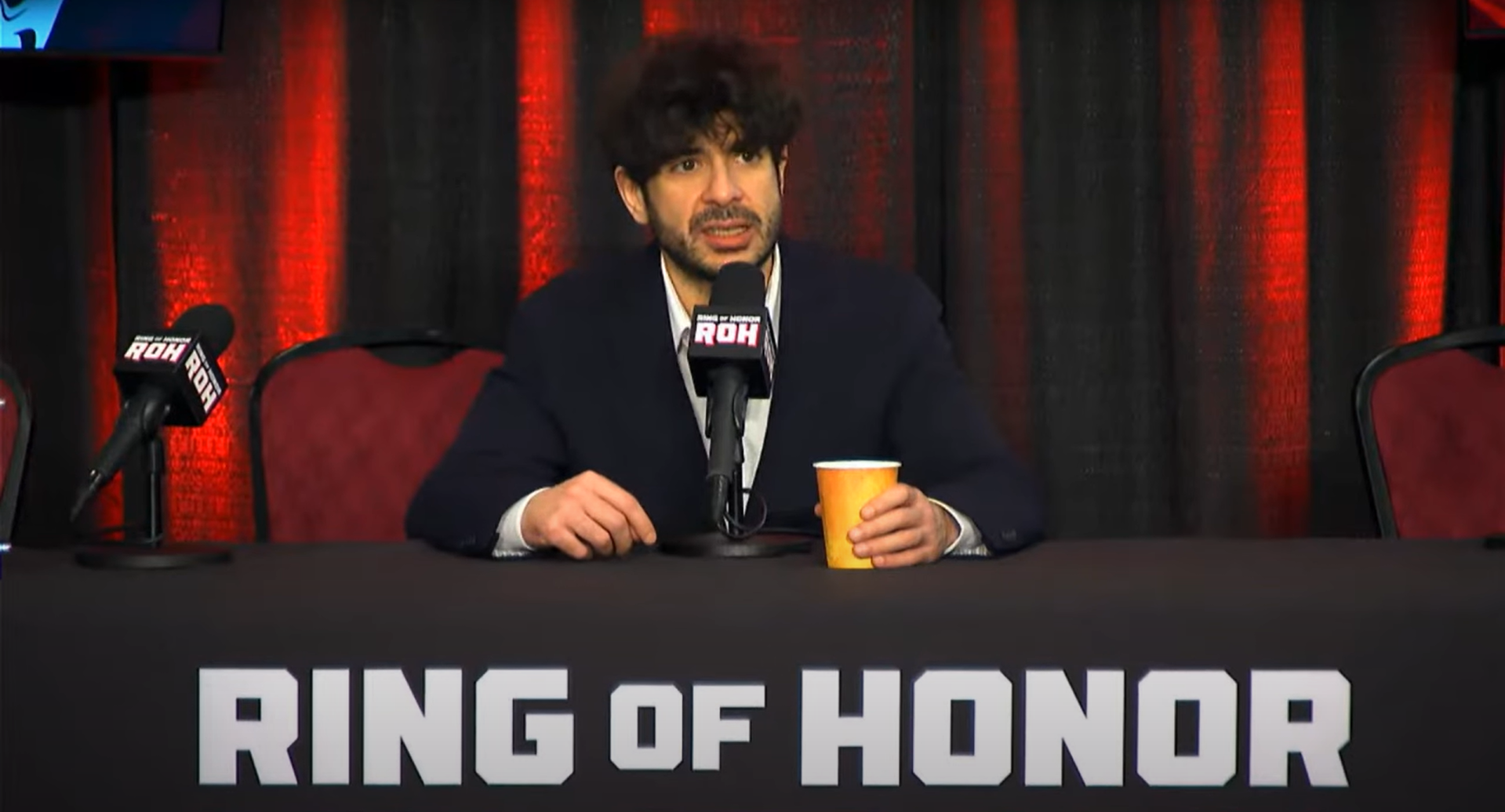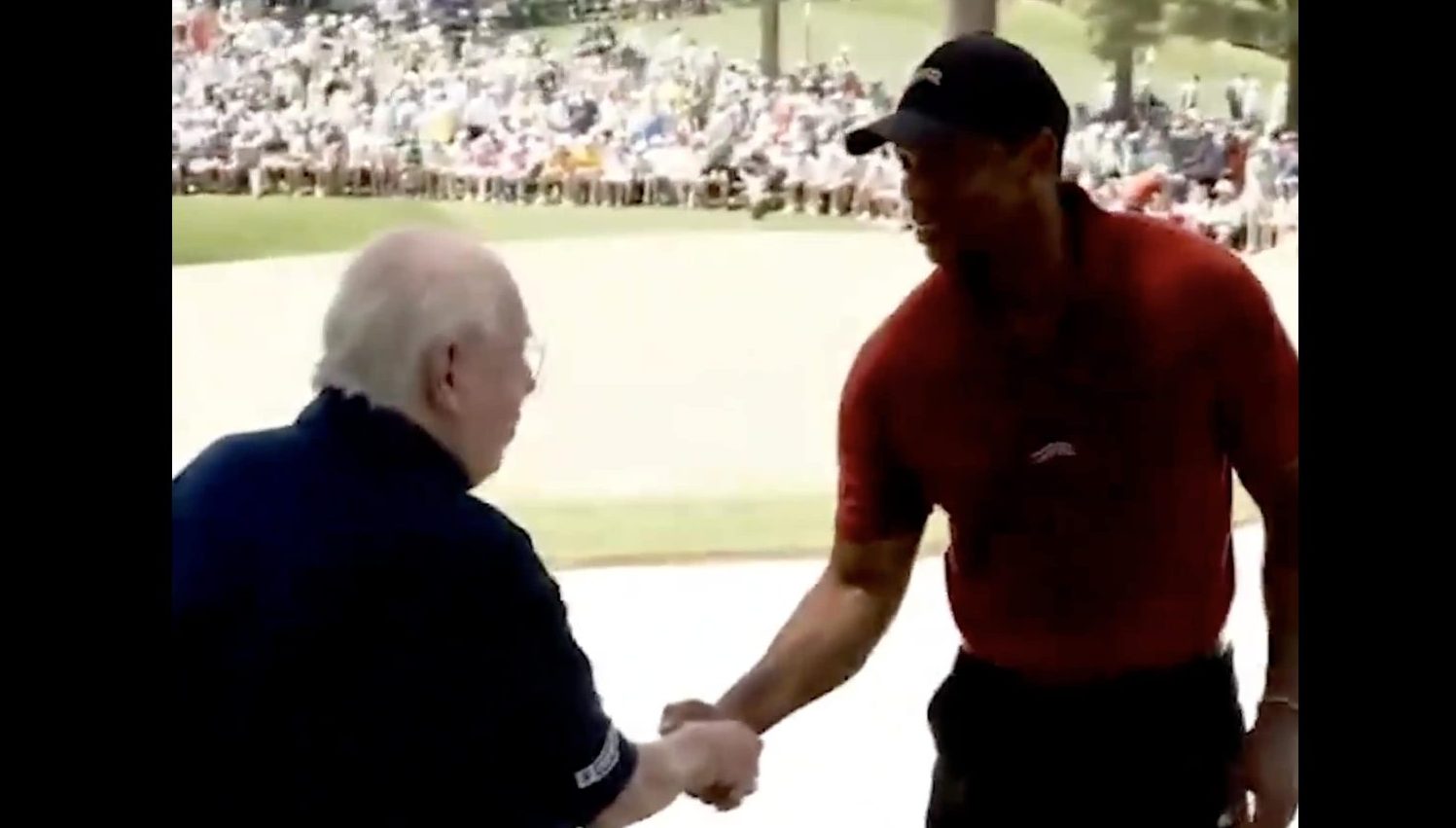In some ways, it’s the best of times and the worst of times for sports broadcasters right now. Many live sporting events are drawing remarkable ratings, and are proving incredibly valuable to advertisers as content people will watch live without skipping through the commercials, so sports content is bringing substantial revenue in for many broadcasters and is a key part of many overall strategies. However, that demand for live events combined with the growth of sports networks has led to bidding wars and sky-high rights fees, and the rising wave of cord-cutters means there are less subscriber fees for networks. The increased competition out there also means that even solid sports events won’t necessarily draw a huge audience, and ensures that networks also have to invest in high-quality production, high-quality content (both events and otherwise), and branding in order to win over viewers, putting them between a rock and a hard place.
Spending more money hurts the networks’ bottom line (and remember, the only ideology at play here is the bottom line), which is why we’ve seen so many cuts lately. However, not spending hurts them relative to competitors, losing viewers and advertising dollars and hurting the bottom line that way. That makes this a transitional era, where the networks that can streamline most effectively without harming their product or brand may have an edge. Walking the line between spending and saving won’t be easy, but there are a few key principles networks should consider in their streamlining efforts.
1. Limit the visibility of money-saving measures: Doing things cheaply can be valuable, but the challenge is to avoid looking like you’re doing things cheaply. This is illustrated in the backlash against Fox’s recent decision to have their announcers call certain college football games from the studio rather than the stadium, a backlash ESPN also received earlier in the year after they did the same for college basketball games. There are clearly plenty of viewers out there annoyed by the idea of announcers calling games remotely, and while the cost savings could be significant, announcers are a high-profile part of the broadcast. However, part of ESPN’s idea might make more sense; sending a smaller production truck to the stadium and having some production staff members work from offsite. The production side of a telecast is vital, too, but it’s not as front-facing as the announcers, and it might be a less obvious money-saving ploy. This principle should be kept in mind in other areas, too; when making cuts, it’s worth keeping in mind what viewers, readers and consumers see.
2. Play “Moneyball”: There are plenty of different elements in the Oakland strategies portrayed in Michael Lewis’ famed book and the subsequent movie, but two are particularly important for our purposes here. One is that a group of solid talents can sometimes be a cost-efficient way to replace a star (the discussion about Jason Giambi’s exit). The second is the importance of focusing on undervalued areas. ESPN’s already taken the first approach on some fronts, choosing not to throw more money at the likes of Bill Simmons, Colin Cowherd and Keith Olbermann and hoping that other, lesser-paid talents can step up to replace them. Everyone needs to be evaluated in terms of their cost and what they bring to the company for that. That doesn’t mean stars have no place, but they need to be carefully considered against the other options.
The second half of that equation’s a little tougher, as we don’t really know what’s actually undervalued right now (if we did, it likely wouldn’t be undervalued), but one thought is the importance of versatile talent. Those who can work well on TV studio segments, on game broadcasts, and on web features and content, plus on a variety of different sports, can be key assets for a company. Encouraging talent to try these different areas can be effective, too; if Scott Hatteberg can go from catcher to first base, others can make “incredibly hard” transitions too. The goal here isn’t necessarily to create massive new stars (as that can give you problem #1 again), but to find useful utility players who can fill a wide range of roles for you.
3. Get the right rights: Live programming is crucial, but with ballooning rights fees, it’s more important than ever to spend your programming budget on the right events. Something criticial to consider here is not just a league’s merit in a vacuum, but how much it costs and how it stacks up against its likely timeslot competition from other networks For example, it may be more useful to have the best game on Friday night than the fourth-best game in its slot on Saturday, even if the latter has more intrinsic appeal; the Friday night fees are likely lower, and there’s less competition to deal with. This isn’t all about buying only cheap programming, either, as that’s a quick path to network irrelevance. The key is targeting the tentpole events that will draw big and boost your brand, and then filling out other parts of the schedule with content that punches above its cost. Networks can no longer just throw money at leagues indiscriminately; every rights deal has to earn its keep.
There are bound to be some missteps as networks look to cut costs, such as the backlash we’ve already seen over remote broadcasts of games. We’ve seen mistakes on the production side, and we’ll undoubtedly see them on the talent and rights acquisition sides too. The key thing to watch here is how each network walks the line between creating a great product and being fiscally responsible. This streamlining act won’t be easy for anyone, but networks’ success at it may play a crucial role in their future health.







Comments are closed.